Maintenance costs
To achieve stealth capabilities, fighter aircraft often apply special aerodynamic designs, extensive application of composite materials in the construction of the fuselage and stealth coatings. These special technologies are all very expensive.
According to a report by the US Budget Committee, the cost of repairing and maintaining the F-22 and F-35 aircraft lines has significantly overspent, due to problems related to stealth coating.
Different from conventional aircraft paints, the stealth coating for America's 5th generation aircraft applies many special technologies in mixing and coating environment.
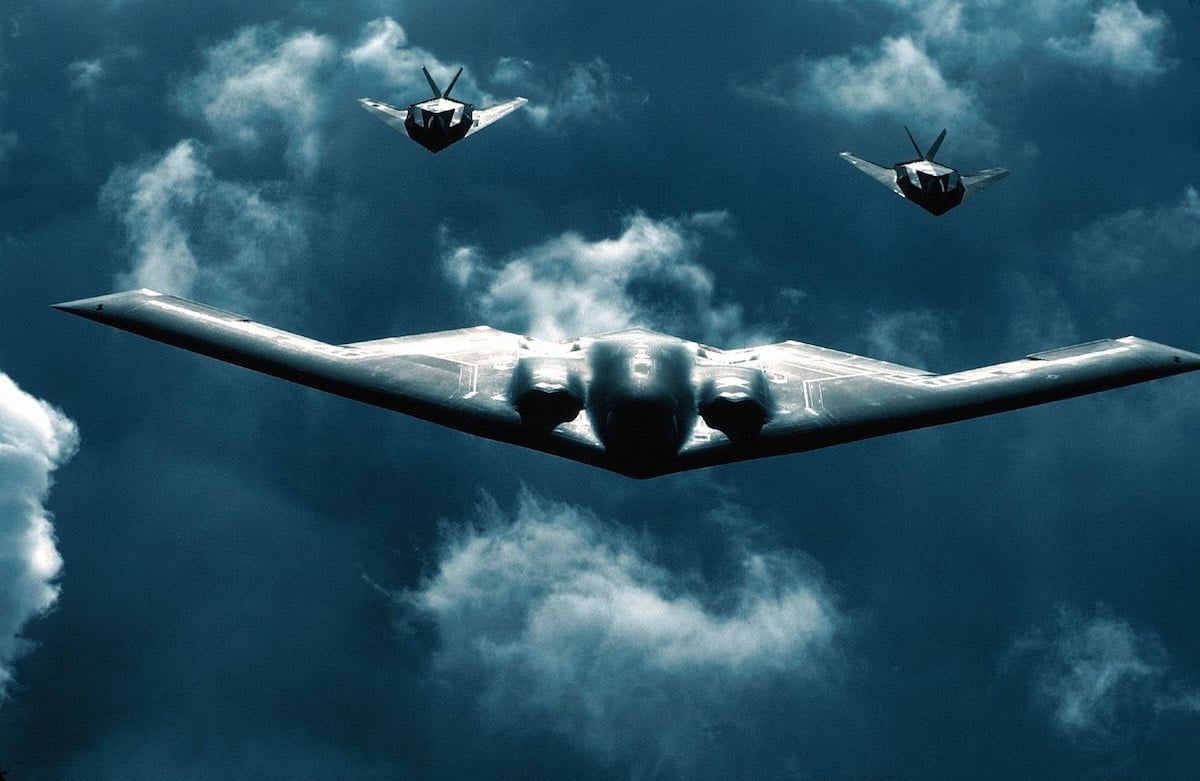
Meanwhile, in hot and humid real-life combat environments, many F-22 and F-35 aircraft have been found to have their stealth coating peeled off, or the paint has eroded rapidly in harsh weather. The cost of each repainting of a 5th generation aircraft is up to millions of dollars and requires a special insulating environment to stabilize this coating.
Trade-off
Another problem that fifth-generation aircraft have to sacrifice to achieve stealth is that they are designed to operate in a very narrow mission range. Limitations in internal weapons bays and fuel weight significantly reduce the range of stealth aircraft compared to traditional fourth-generation fighters.
To increase range and firepower, 5th generation aircraft must carry external fuel tanks and weapons, but will significantly reduce or even lose stealth capabilities. Lockheed Martin has introduced the “beast mode” of the F-35 aircraft, sacrificing stealth capabilities to maximize firepower and range.
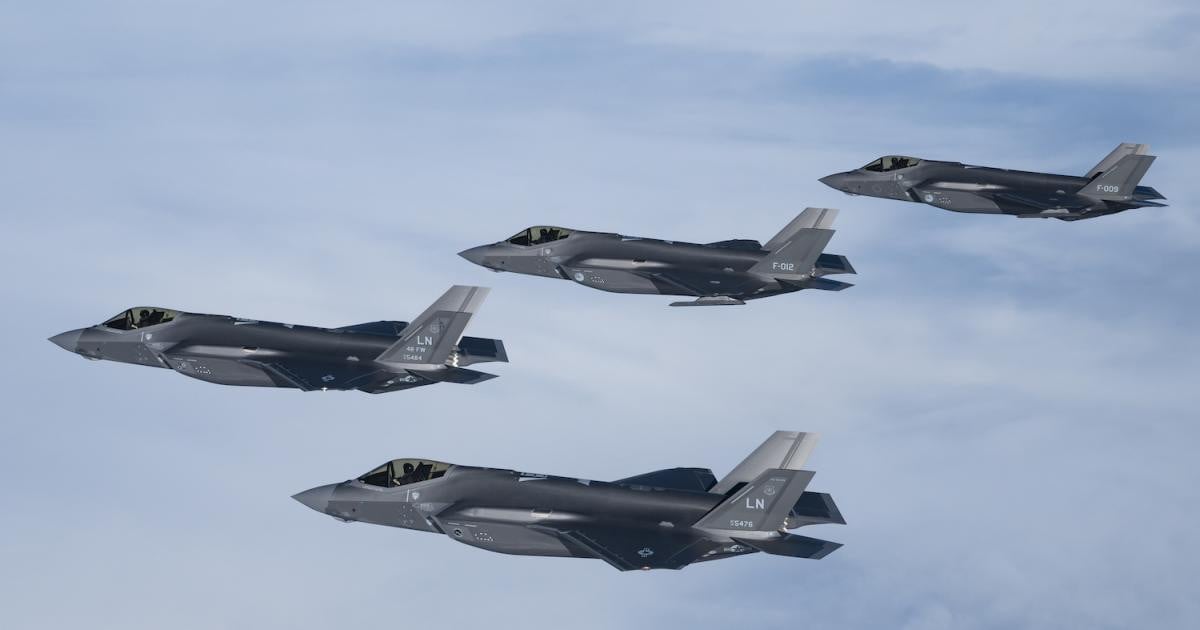
These aircraft typically operate at an optimal speed range, often subsonic, and minimize sudden accelerations that can cause the stealth coating to peel off when it encounters air. In addition, the aircraft also avoid using radar to limit the exposure of signals to enemy electromagnetic reconnaissance systems.
Limit
International military experts believe that fifth-generation aircraft could achieve stealth capabilities in the early 2000s. However, this capability is being significantly reduced with the advancement of modern radar and air defense missile technology. Although they have never directly clashed on the battlefield, the frequency-inverter radar technology and multi-mode seeker systems on modern air defense missile complexes such as the S-400 and S-500 can cause fifth-generation fighters to lose their advertised stealth advantages.
Stealth technology may work well in high-power, short-wave radar bands, but it is less effective in long-wave or multi-spectral radar bands. There have been numerous examples of fifth-generation fighters like the F-35 being detected not only by military surveillance radars, but also by civilian radars.
With the lessons learned from the F-35 Lightning II 5th generation joint fighter development program, many countries are reconsidering their ambitions to develop future fighter aircraft, no longer prioritizing stealth capabilities. With the current technological foundation, using resources to develop and manufacture 4++ generation fighter aircraft brings greater benefits.
(Synthetic)
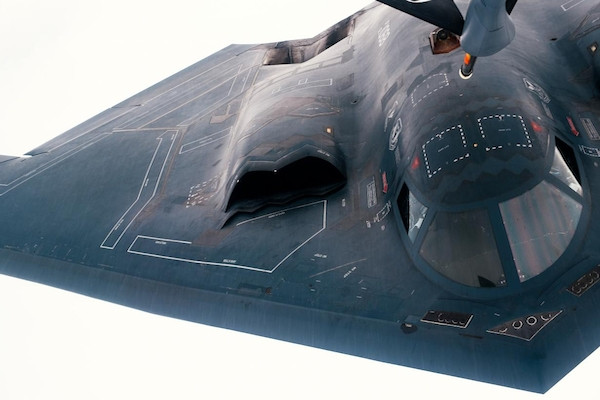
Source: https://vietnamnet.vn/tang-hinh-khong-con-la-tinh-nang-uu-tien-tren-may-bay-chien-dau-the-he-moi-2317739.html
















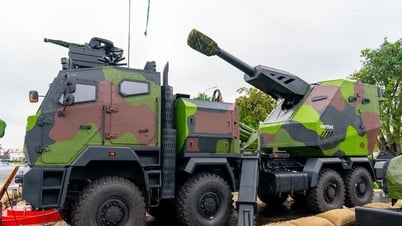

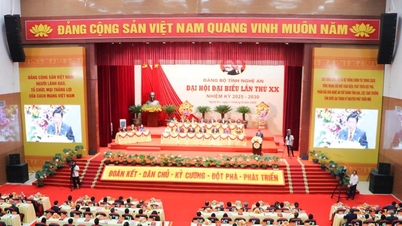



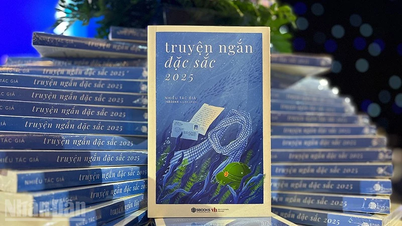





























































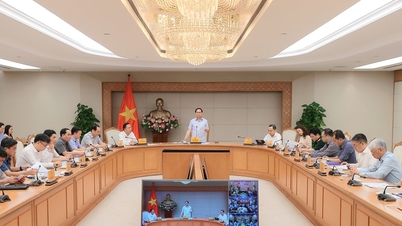



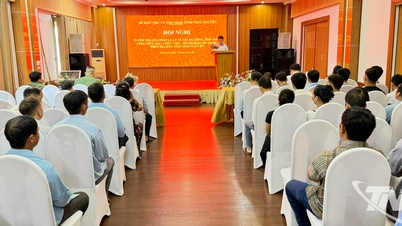
















Comment (0)